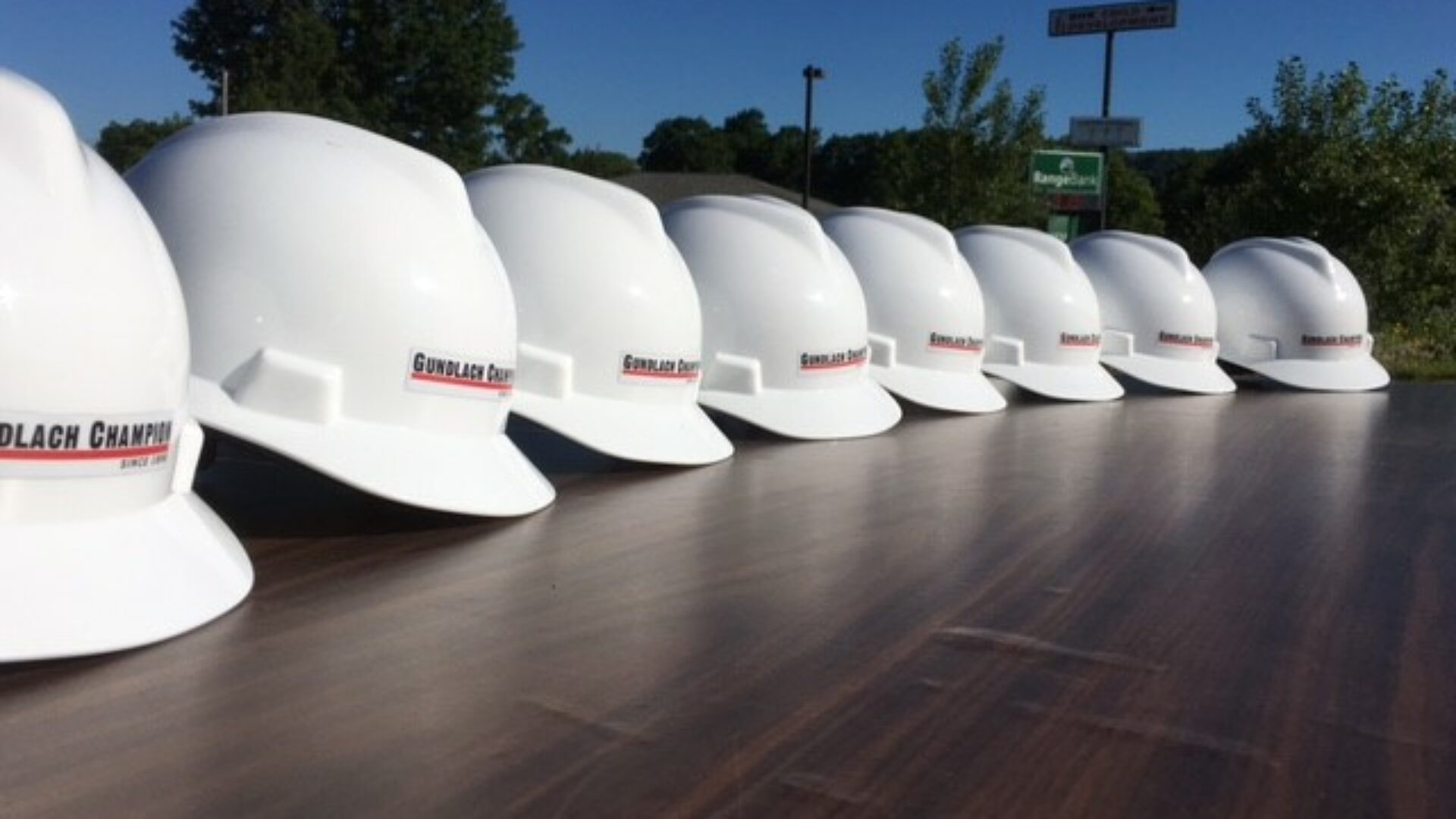Harsh winters in Michigan’s Upper Peninsula (UP) are not surprising. In fact, Gwinn in the center of Michigan’s UP averages 163 inches of snowfall per year. What may be surprising is that commercial construction companies in the Northern Great Lakes region can continue to build during the winter months. Of course, some factors need to be addressed during winter construction. In this article, we will discuss those factors.
Preparing for construction in winter
Establish a Plan
The ideal plan for a winter build is to design through the fall, bid out the work after the new year, and have the contracts written to be ready to break ground in early April. This schedule will allow an Upper Peninsula contractor to maximize the work they are able to complete in the summer months while the weather is good. To meet this timeline, the owner, designer, and contractor will have to perform specific tasks.
Considerations for the Owner
The owner will have needed to have selected the design team and contractor to be able to have that team ready to start design in the fall. During this phase of a winter construction project, the best delivery method for the project needs to be selected. Construction delivery methods are General Construction, Design/Build, and Construction Management (See our Build a Better Project Guide for more information). The contractor you select will be able to help guide you on which method will yield the best results for your project. If you choose the design/build method, the contractor will be responsible for the design of your project as well as the construction. In addition to making these selections, the owner will need to attend programming and design meetings to help make further decisions and choices.
If schedule allows, shut down the project during winter. This delay will save an owner significant costs by not having to heat a worksite through the winter. It is important to remember that finishing the interior or exterior of the building in winter weather is expensive. Extreme cold and harsh weather of the UP can cause temporary heat and fuel costs to increase dramatically. A key point is to plan during the pre-construction phase to begin finishes in spring to minimize any potential additional costs in the winter construction.
When you have no option but to continue construction in winter months, plan to have permanent utilities available and functioning by the time cold weather hits. This step is usually a more efficient way of heating and powering a building instead of generators, temporary panels, and temporary heaters that are added costs while requiring more energy and babysitting.
Considerations for Designer/Architect
In addition to designing the project to meet the owner’s requirements, the designer/architect must consider the construction schedule. For example, the cost of the masonry system rises substantially due to tenting and heating the work areas as well as warming up materials. If the design calls for masonry and the work can’t be completed to avoid construction in winter, another system should be considered that works better with winter weather. Masonry is just one example. Other systems to address during construction in winter are metal wall panels, metal cladding, precast concrete panels, vinyl or wood siding.
Make a point to complete the roof installation before the snow flies. The later this part of the project goes in winter weather construction, the more money an owner has to spend to shovel the roof before the roofing material can be installed. Keep in mind that certain roofing systems cannot be installed during winter months. This is because the adhesives cannot be used below certain temperatures. This happens because adhesive vapor or air barriers cannot adhere to wet or cold metal. The Underwriters Laboratories (UL), recommend between 40 and 85 degrees F (4 and 26 degrees C) as the best temperatures to install asphalt shingles. If you’re installing roofing shingles in colder temperatures, shingles become difficult to work with because flexibility decreases and are more likely to break.
The alternative to shingle systems are rubber or vinyl roofs and should not be installed in temperatures below 40 degrees. The reason is that the adhesives that seal it will freeze and not bond. If a vinyl flat roof system is the type designed for the project, it is best to avoid construction in winter weather and schedule it for warmer weather.
Considerations for Contractor
When scheduling a winter construction, the contractor needs to hit the ground running in spring. Many items that need to be crossed off for this to happen. First, the design team should complete the construction documents. Second, the project would have been bid out to subcontractors and suppliers. Third, finish all plan reviews. Fourth, obtain all permits. Fifth, have the submittal process underway. Sixth, approve all materials that will be needed right away and order long lead time items. By completing these tasks, the builder will be ready to begin construction once warm weather arrives. This schedule will allow for the critical parts to be finished in time for the winter construction phase.
One of the critical goals is to enclose the building by November 15. As a result of having the walls up and roof on, you will be able to heat through the winter and continue interior work through bad weather. If you do not have the building enclosed, several problems could occur. For example, placing concrete is more expensive as you will need to enclose the space temporarily to heat for concrete. Also, you won’t be able to finish work like drywall, paint, or flooring because those materials are very temperature and humidity sensitive.
The best temperature to pour concrete is between 50-60 °F. In fact, the time it takes for concrete to set and strengthen slows considerably below 50 °F and nearly stops below 40 °F. Install drywall in temperatures of 55° F or higher. Drywall will shrink in cold weather. If you hang drywall in cold weather, plan for a gap between the sheets as it will expand when the weather warms. Most manufacturers recommend that the temperature of the paint, air, and surface be above 40 °F. Also, it is best that the temperature doesn’t drop below recommended levels for the recommended time after painting. In the case of flooring, wood floors will remain level at temperatures between 60-80 °F and 30-50 % humidity. When installing carpet, the area should be between 60 and 80 °F.
Other factors of winter construction
Building Structure
It is best to build from the bottom up if you have a load-bearing masonry building to avoid high tenting and heating costs. With a pre-engineered building or steel with stud infill, winter weather construction will not be a problem.
Site Maintenance
If weather and schedule permit, you should install at least one lift of asphalt. The blacktop keeps the site cleaner when the snow melts in the spring. Consequently, crews won’t track mud into the building, reducing cleaning time.
Crew & Equipment
Construction in winter makes for hard working conditions on crews and equipment. Cold temperatures mean hypothermia is a concern from workers sweating then cooling down rapidly. Because of this factor, workers will require more breaks to warm up. Crews find it is harder to perform their jobs work in winter clothing and will spend more time clearing ice to assure good traction around the site. Also, equipment requires more time to heat up in the morning. Because of these factors, the progress on the project will be slower.
Snow Removal
The site will need to have the paths where snow is removed for equipment and worker use. Another critical point is snow removal inside the building. Keeping snow out of the building takes more resources and money as well as reducing the productivity of crew and equipment.
Fuel use
The cost of fuel is another challenge of winter construction. Fuel usage can increase in different kinds of equipment including concrete mixers, on-site heaters, and more. Plan to budget for these increased costs for any construction in winter months.
The conclusion about winter construction
While there may be several factors that you need to take into account, it should not deter you from building during a UP winter. Overall, you need to weigh the extra costs of winter weather construction against the toll it will take on your business or organization to delay completion from a shutdown. An experienced builder can handle these concerns making the factors of a winter build a matter of accurate planning and justifiable cost increases. The key point is that you can build in the Northern Great Lakes during winter and have a successful construction project.

